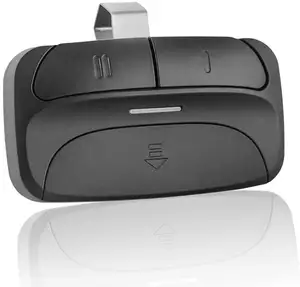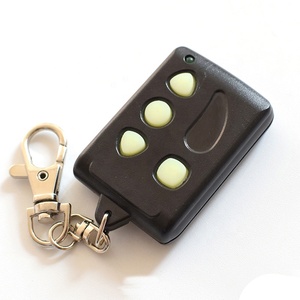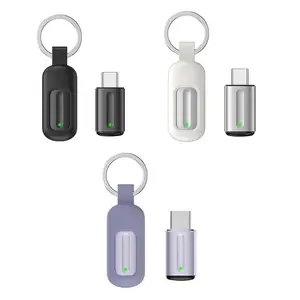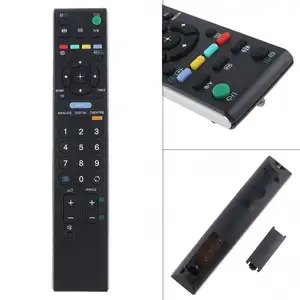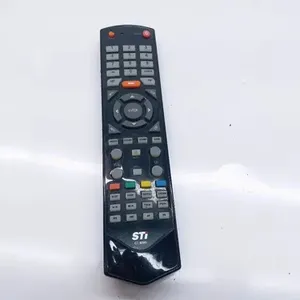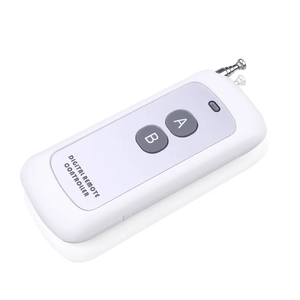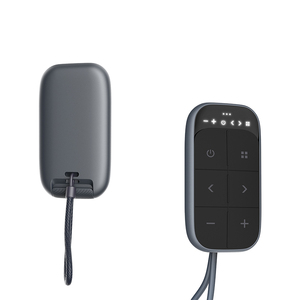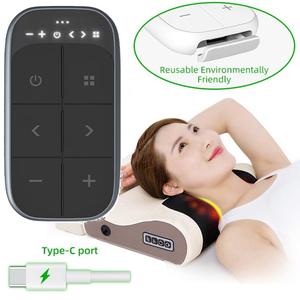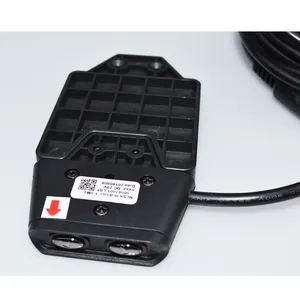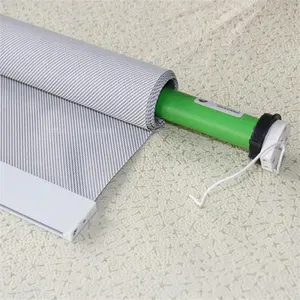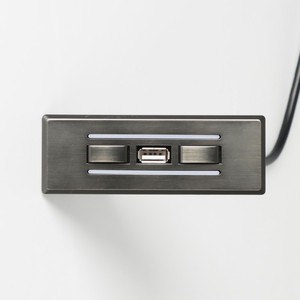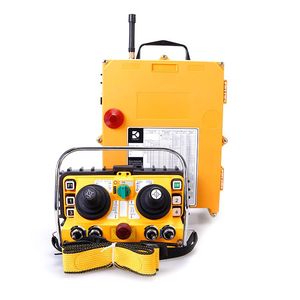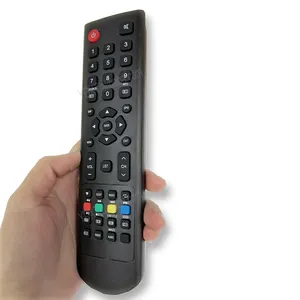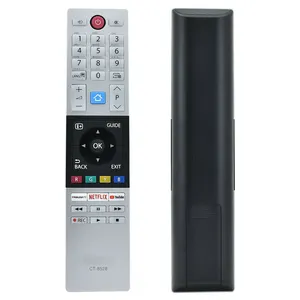Usb Remote Control Distributor



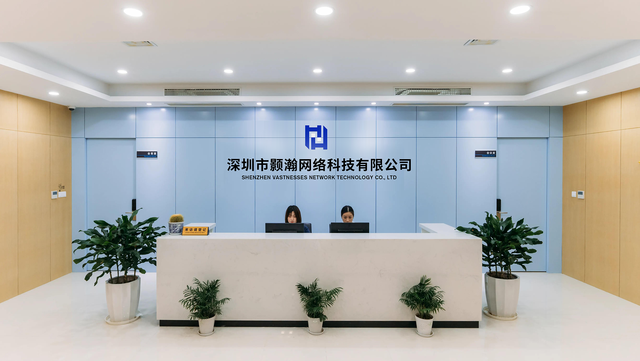


































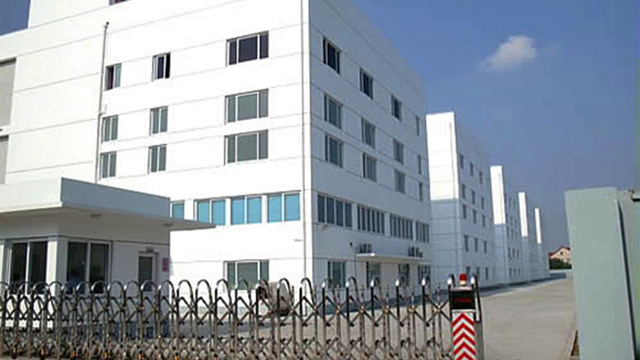









































About usb remote control distributor
Where to Find USB Remote Control Distributors?
China remains the central hub for USB remote control manufacturing and distribution, with key production clusters in Shenzhen and Guangzhou offering specialized expertise in consumer electronics. These regions host vertically integrated supply chains that support rapid prototyping, cost-efficient mass production, and flexible customization. Shenzhen's technology ecosystem enables streamlined access to microcontroller units (MCUs), infrared (IR) transmitters, and USB interface components, reducing component lead times by 20–30% compared to non-specialized regions.
The industrial advantage lies in concentrated technical talent and mature logistics networks. Suppliers in these zones typically operate within 50km of PCB fabricators, plastic injection molders, and packaging facilities, enabling faster turnaround for both standard and OEM/ODM orders. Buyers benefit from scalable production capacity, with many distributors maintaining monthly outputs exceeding 100,000 units. Average lead times range from 15 to 25 days for bulk shipments, while sample fulfillment can occur within 5–7 business days depending on complexity.
How to Choose USB Remote Control Distributors?
Selecting reliable partners requires a structured evaluation of operational performance and technical capability:
Quality Assurance Standards
Verify adherence to international compliance benchmarks such as CE, FCC, and RoHS for electromagnetic compatibility and environmental safety. While not all suppliers hold ISO 9001 certification, those with documented quality management systems demonstrate more consistent product reliability. Request test reports for signal transmission stability, button lifecycle durability (target: 50,000+ presses), and ESD protection on USB interfaces.
Production and Customization Capacity
Assess infrastructure indicators:
- Facility size supporting dedicated SMT lines and automated testing stations
- In-house tooling capabilities for custom molds (typically required for OEM projects)
- Support for firmware programming and multi-device IR code learning functions
Cross-reference supplier claims with verified metrics such as on-time delivery rates—prioritize those exceeding 95%. A reorder rate above 25% indicates customer satisfaction and product consistency.
Transaction Reliability & Communication Efficiency
Evaluate responsiveness through average reply time (under 4 hours is competitive). Confirm transaction safeguards such as order protection programs or escrow-compatible payment terms. Analyze minimum order quantities (MOQs), which vary significantly—from 2 pieces for smart phone-connected models to 100 pieces for universal replacements—impacting inventory planning and sampling strategy.
What Are the Leading USB Remote Control Distributors?
| Company Name | Main Products | Online Revenue | On-Time Delivery | Reorder Rate | Avg. Response | Min. Order Quantity | Price Range (USD) |
|---|---|---|---|---|---|---|---|
| Shenzhen City Yingterui Smart Technology Co., Ltd. | Remote Controls, Data Cables, Adapters | US $230,000+ | 91% | 29% | ≤7h | 10 pieces | $0.69–2.49 |
| Shenzhen Vastnesses Network Technology Co., Ltd. | Remote Controls | US $120,000+ | 97% | 29% | ≤4h | 100 pieces | $1.18–3.81 |
| Shenzhen City Gaowangfei Technology Company Limited | Smartphone-Connected IR Controllers | US $80,000+ | 99% | <15% | ≤3h | 2 pieces | $2.50–3.38 |
| Guangzhou Meide Electronic Trading Co., Ltd. | Replacement TV Remotes, Ceiling Fan Controls | US $70,000+ | 100% | 17% | ≤4h | 1–100 pieces | $2.00–5.00 |
| Shenzhen Yeetun Technology Co., Ltd. | Custom RF & Wireless Remotes | US $6,000+ | 50% | <15% | ≤15h | 2–10 pieces | $0.62–3.81 |
Performance Analysis
Shenzhen City Yingterui leads in volume and revenue, indicating strong market penetration and logistical efficiency despite a moderate on-time delivery rate. Shenzhen Vastnesses and Gaowangfei stand out for high responsiveness and near-perfect delivery performance, making them suitable for time-sensitive procurement cycles. Guangzhou Meide achieves 100% on-time fulfillment with flexible MOQs, ideal for low-volume testing or niche replacement parts. In contrast, Shenzhen Yeetun, while offering competitive pricing and customization options, shows lower reliability metrics, suggesting higher risk for large-scale contracts. Prioritize suppliers with response times under 4 hours and reorder rates above 25% for stable partnerships. For custom designs involving app-controlled or Type-C USB integration, confirm firmware development support before engagement.
FAQs
How to verify USB remote control distributor reliability?
Cross-check declared certifications with product listings and request compliance documentation. Analyze transaction history, focusing on consistent on-time delivery and repeat buyer activity. Conduct video audits to validate facility operations and quality inspection processes.
What is the typical MOQ for USB remote controls?
MOQs range from 2 pieces for smart IR dongles to 100 pieces for universal replacements. Custom designs may require 500+ units to justify mold costs. Low-MOQ options often come at higher per-unit prices but reduce initial investment risk.
Can suppliers provide customized firmware or branding?
Yes, most established distributors offer OEM/ODM services including logo printing, housing color changes, and pre-programmed IR codes. Advanced customization—such as smartphone app integration or multi-protocol support (RF, BLE, IR)—requires technical specifications and may extend lead time by 7–14 days.
What are common USB interface types used in smart remotes?
Micro-USB and USB Type-C are standard. Type-C is increasingly preferred for its reversible plug design and compatibility with modern Android devices. Ensure electrical specifications match target device requirements (typically 5V/100mA).
How long does sampling take for custom USB remotes?
Standard samples ship within 5–7 days. Custom molds or firmware adjustments add 10–15 days. Allow additional time for international shipping via express carriers (DHL, FedEx) or consolidated freight for multiple SKUs.




